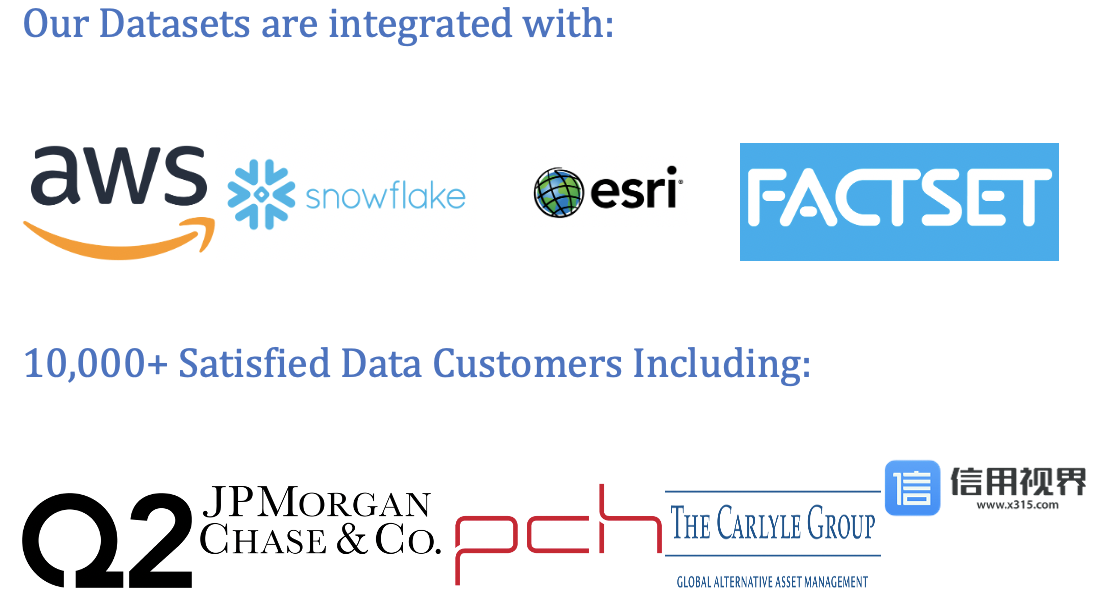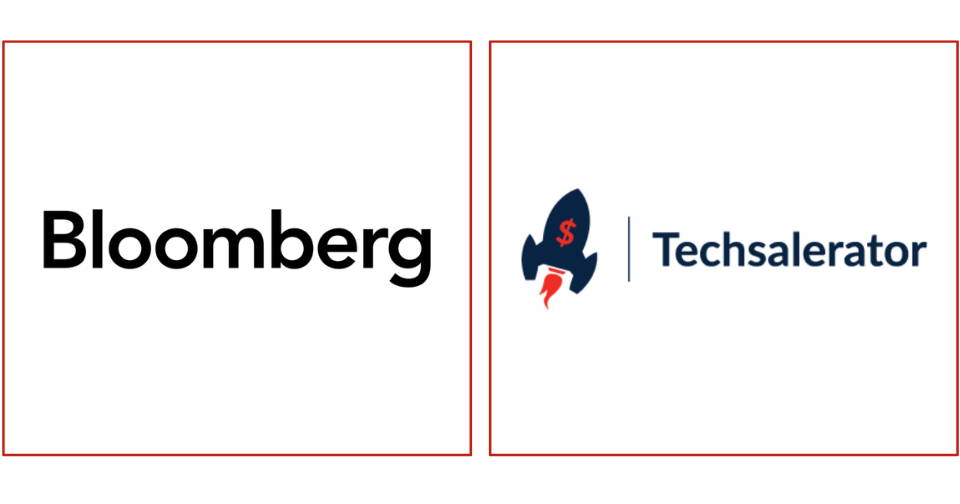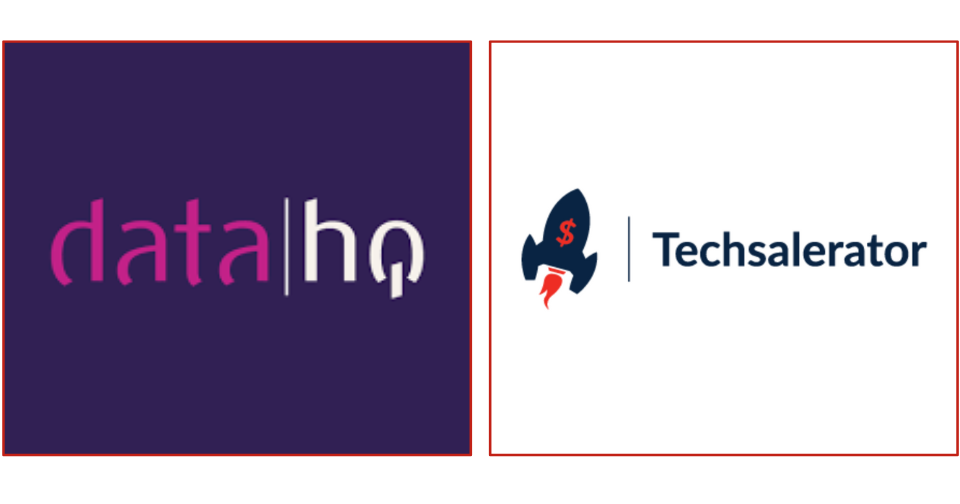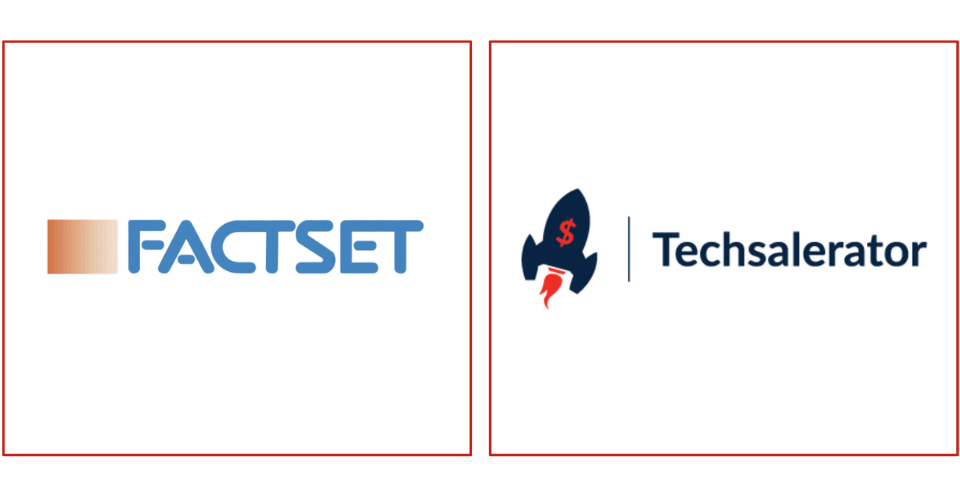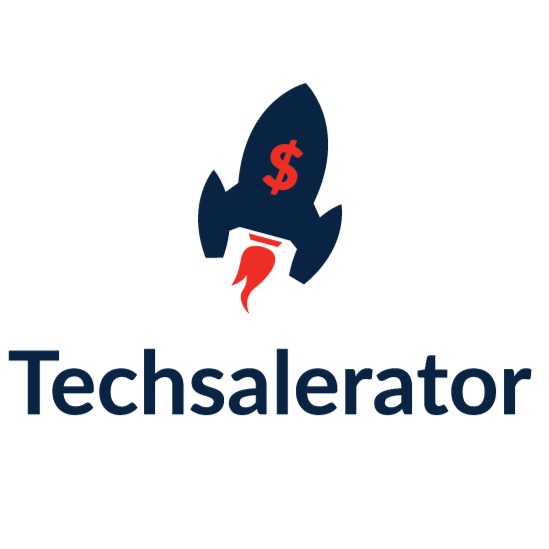
Top Web Data Providers
Understanding Web Data
Web data is continuously created and updated as users interact with online platforms, search engines, social media networks, e-commerce sites, and other digital channels. It includes publicly available information, user-generated content, proprietary data, and open data sources accessible via web scraping, web crawling, APIs, data feeds, and online databases. Web data encompasses a wide range of domains, such as news articles, product reviews, social media posts, financial data, weather forecasts, geographic information, and more, serving as a valuable resource for research, analysis, decision-making, and innovation across various industries and disciplines.
Components of Web Data
Key components of web data include:
- Textual Content: Articles, blog posts, forum discussions, product descriptions, reviews, tweets, and other text-based information published on websites and online platforms.
- Multimedia Content: Images, videos, audio recordings, infographics, presentations, and other multimedia files hosted on websites, streaming platforms, and social media networks.
- Structured Data: Tabular data, databases, spreadsheets, JSON files, XML documents, and other structured formats containing organized information accessible through APIs, web services, and data repositories.
- Metadata: Descriptive information about web resources, including URLs, titles, descriptions, keywords, timestamps, authorship, and other metadata attributes associated with web pages and digital assets.
- User Interaction Data: Clickstream data, session logs, cookies, user profiles, preferences, and behavioral data generated by user interactions with websites, applications, and online services.
Top Web Data Providers
- Leadniaga : Leadniaga offers comprehensive web data solutions, including web scraping, data extraction, and web monitoring services, to help businesses, researchers, and organizations collect, analyze, and leverage web data for various purposes.
- Import.io: Import.io provides a platform for web data extraction, allowing users to turn web pages into structured data through automated web scraping and data extraction techniques.
- Scrapy: Scrapy is an open-source web crawling framework used to extract data from websites and APIs. It provides tools for building web spiders and scraping web pages in a scalable and efficient manner.
- Octoparse: Octoparse is a web scraping tool that enables users to extract data from websites without coding. It offers features such as point-and-click interface, data extraction templates, and scheduling options for automated web scraping.
- ParseHub: ParseHub is a visual web scraping tool that allows users to extract data from dynamic websites with complex structures. It offers a user-friendly interface and advanced features for scraping web content and exporting data in various formats.
Importance of Web Data
Web data plays a crucial role in various domains and industries:
- Market Research: Provides insights into consumer behavior, market trends, competitive analysis, and industry dynamics by monitoring online discussions, sentiment analysis, and product reviews.
- Business Intelligence: Supports decision-making processes, strategic planning, and performance analysis by analyzing web traffic, customer interactions, sales data, and market intelligence.
- Content Strategy: Informs content creation, distribution, and optimization strategies by identifying relevant topics, keywords, and content formats based on audience interests and search trends.
- Competitive Analysis: Enables businesses to track competitors' activities, pricing strategies, product launches, and marketing campaigns by monitoring their online presence and digital footprint.
- Risk Management: Helps organizations identify potential risks, security threats, reputation issues, and regulatory compliance challenges by monitoring online mentions, data breaches, and cybersecurity threats.
Applications of Web Data
Web data is used in various applications, including:
- Market Intelligence: Analyzing market trends, consumer preferences, and competitor strategies to inform product development, marketing campaigns, and business expansion efforts.
- Sentiment Analysis: Monitoring social media sentiment, customer feedback, and online reviews to gauge public opinion, brand sentiment, and reputation management.
- Lead Generation: Identifying potential customers, prospects, and business opportunities through web scraping, data enrichment, and contact discovery methods.
- Content Curation: Aggregating, curating, and organizing web content from multiple sources to create curated content feeds, news aggregators, and content recommendation systems.
- Predictive Analytics: Using historical web data and machine learning algorithms to forecast future trends, demand patterns, and customer behavior in various industries.
Conclusion
In conclusion, web data is a valuable resource for businesses, researchers, and organizations seeking to understand, analyze, and leverage digital information available on the internet. With top providers like Leadniaga and others offering advanced web data solutions, stakeholders can harness the power of web data to gain insights, make informed decisions, and drive innovation in today's data-driven world. By tapping into the wealth of web data available online, businesses can unlock new opportunities, optimize strategies, and stay ahead in competitive markets.
Our Datasets are integrated with :



10,000+ Satisfied Data Customers including :





